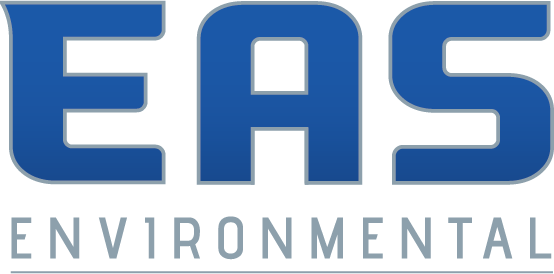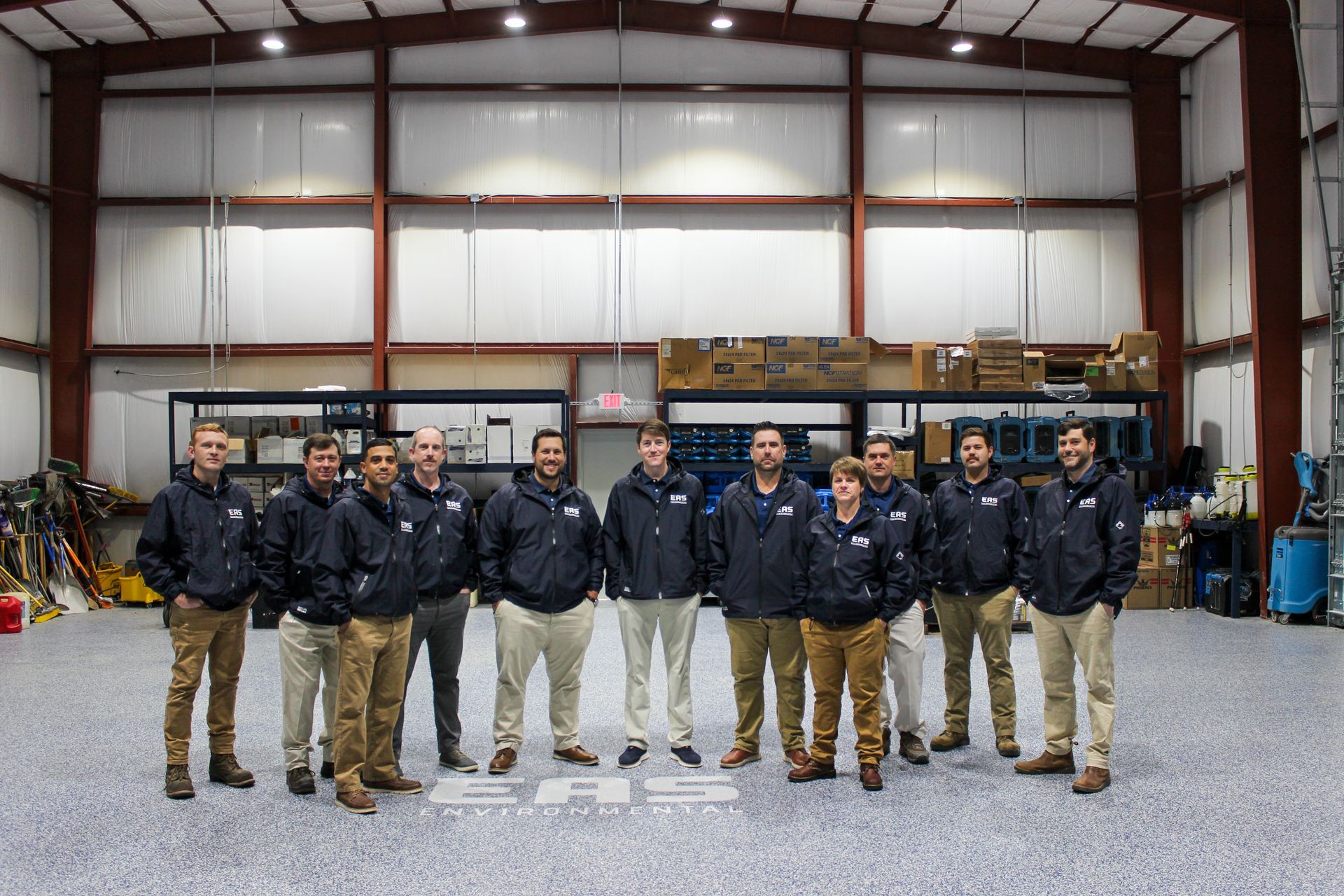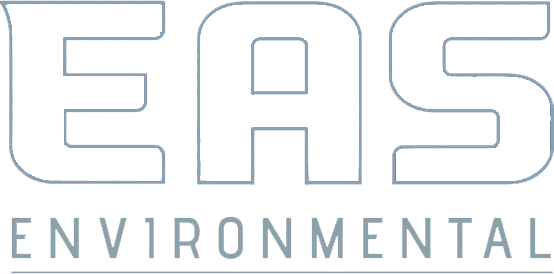
Welcome to our insightful blog post focused on a crucial aspect of maintaining a healthy home: "Moisture Management Solutions for a Healthy Crawl Space Environment." Excess moisture in crawl spaces can lead to a host of issues, from mold growth to structural damage and compromised indoor air quality. In this guide, we'll delve into effective moisture management techniques that not only preserve the integrity of your crawl space but also contribute to a healthier living environment for you and your loved ones.
Dehumidification Techniques: Key Tools for Effective Crawl Space Moisture Control
Effective moisture control in your crawl space is essential for preventing a range of problems, and dehumidification techniques play a pivotal role in achieving this goal. In this blog post, we'll explore the significance of dehumidification as a key tool for crawl space moisture control and how it contributes to maintaining a healthier and more comfortable living environment.
The Impact of Excess Moisture
Excess moisture in crawl spaces can lead to mold growth, wood rot, pest infestations, and even compromise the structural integrity of your home. Additionally, high humidity levels can seep into your living spaces, affecting indoor air quality and potentially triggering respiratory issues and allergies. Dehumidification techniques address these concerns by effectively reducing humidity levels and mitigating the conditions that promote moisture accumulation.
Utilizing Dehumidification for Moisture Control
Dehumidification involves the use of specialized equipment to remove excess moisture from the air, creating a drier environment. Dehumidifiers come in various types, including portable units and whole-house systems. Placing a dehumidifier in your crawl space helps maintain humidity levels within a safe range, typically around 30% to 50%, depending on your location and climate. By controlling humidity, you not only prevent mold and damage but also improve the overall comfort and health of your home. Dehumidification techniques are an essential component of moisture management, ensuring that your crawl space remains a clean, dry, and conducive environment for a healthier living experience.
Vapor Barriers and Encapsulation: Ensuring Comprehensive Crawl Space Moisture Solutions
Achieving comprehensive moisture control in your crawl space often involves a multi-faceted approach, and vapor barriers with encapsulation are powerful tools in this endeavor. In this blog post, we'll explore the significance of vapor barriers and encapsulation as integral components of crawl space moisture solutions, and how they contribute to creating a healthier and more resilient home environment.
Understanding Vapor Barriers
Vapor barriers are materials designed to prevent moisture from penetrating through surfaces, particularly in crawl spaces. Installing a vapor barrier involves placing a waterproof and durable membrane over the floor and sometimes the walls of the crawl space. This barrier prevents moisture from seeping through the ground, which is especially critical in areas prone to high humidity levels or excessive moisture. Vapor barriers not only guard against mold growth and wood deterioration but also enhance the effectiveness of other moisture management strategies.
The Power of Encapsulation
Encapsulation takes the concept of vapor barriers a step further. This technique involves completely sealing off the crawl space from the outside environment, creating a controlled and isolated space. Along with a vapor barrier, encapsulation typically includes insulating the walls and applying a specialized sealant to prevent air and moisture infiltration. This approach not only prevents moisture-related issues but also improves energy efficiency by creating a thermal barrier. By combining vapor barriers with encapsulation, you're establishing a comprehensive defense against moisture, mold, and other crawl space-related problems, resulting in a healthier and more resilient home environment.
Drainage Systems: Implementing Effective Moisture Management Below Your Home
Implementing effective moisture management below your home is essential for preventing issues like mold growth, structural damage, crawl space remains dry, preventing mold growth, wood decay, and other potential issues caused by excessive moisture. By incorporating effective drainage systems, you're proactively safeguarding your home against the damaging effects of water intrusion, ultimately contributing to a healthier and more durable living environment.
FAQs
-
Why is moisture management important in a crawl space?
Moisture management is crucial in a crawl space to prevent a range of issues such as mold growth, wood rot, structural damage, and compromised indoor air quality. Excess moisture can also lead to increased energy costs and discomfort in your living spaces.
-
What are the signs of excessive moisture in a crawl space?
Signs of excessive moisture include musty odors, mold or mildew growth, damp or wet surfaces, and increased humidity levels in the crawl space. Uneven indoor temperatures and higher energy bills can also be indicators of moisture-related problems.
-
What are some effective moisture management solutions for crawl spaces?
Effective solutions include installing vapor barriers to prevent moisture infiltration, implementing drainage systems to divert water away from the crawl space, using dehumidifiers to control humidity levels, and encapsulating the crawl space to create a sealed and controlled environment.
-
Can I handle moisture management in my crawl space on my own?
While some basic tasks like cleaning and maintaining proper ventilation can be done yourself, more complex solutions like encapsulation or installing drainage systems are best left to professionals. They have the expertise and tools to ensure proper installation and effective results.
-
How often should I check and maintain moisture management in my crawl space?
Regular maintenance is important. Inspect your crawl space periodically, especially after heavy rainfall or changes in weather. Check for signs of moisture, mold, or other issues. Keeping gutters clean, addressing drainage issues, and ensuring proper ventilation contribute to ongoing moisture management.
Contact EAS Environmental Today!
EAS Environmental will do everything we can to ensure your experience with us is excellent.
Request A FREE Estimate
Request a Free Estimate Form
We will get back to you as soon as possible.
Please try again later.
Checkout Recent Post
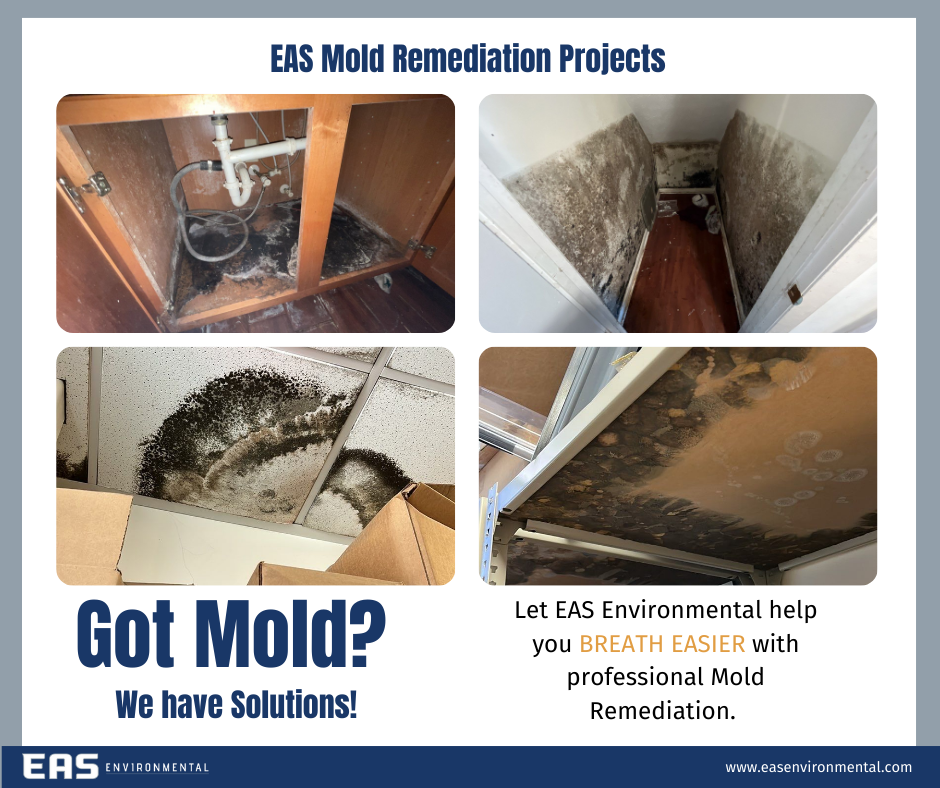
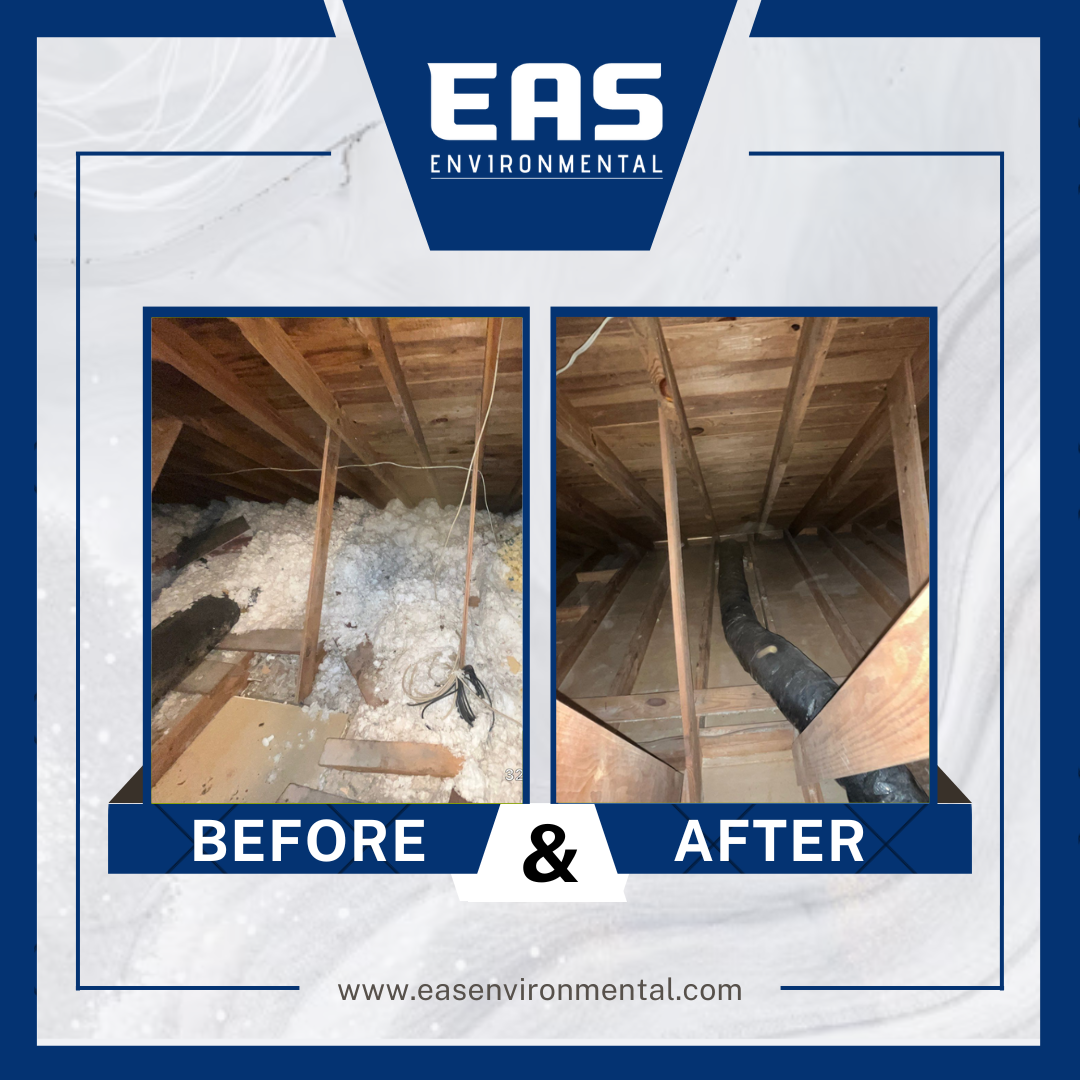

Got a Question? We’re Here to Help.
You can arrange an appointment or make an enquiry by phone or email, orget in touch to us via our contact form.
EAS Environmental is a specialty asbestos and lead abatement and demolition company that service the state of South Carolina.
CONTACT INFORMATION
Phone: 843-977-3273
Email: sturner@easenvironmental.com
Address: 125 Bud Lane Ladson, SC 29486
All Rights Reserved | EAS Environment
Privacy Policy | Terms & Conditions | Sitemap
